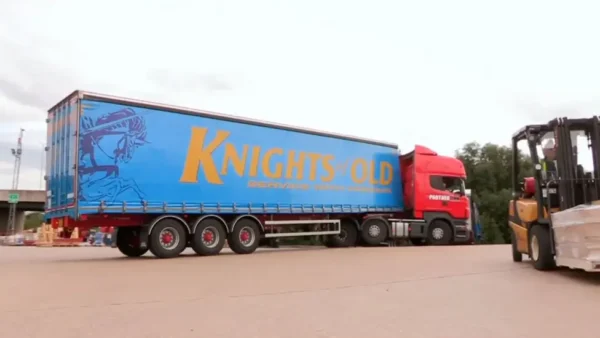This wasn’t a case of bad luck or an unstoppable attack. It was the predictable result of security gaps that are all too common in mid-sized businesses. And for companies that think they’re protected by insurance or “good enough” security, the warning is clear: if your defences start with assumptions and end with human error, you’re playing a dangerous game.
“KNP thought they were protected by insurance and basic security standards. But cybercriminals don’t care about what you think you’ve done — they care about what’s actually vulnerable.”
— Tom Hughes, Cyber Security Analyst, Curveball
How One Weak Password Led to the Cyber Attack that Brought Down KNP
The investigation into the KNP cyber attack revealed a frustratingly familiar story: the breach began with a single compromised password used by an employee to access remote systems. This credential — weak, reused, or phished — gave cybercriminals a foothold.
From there, the attackers were able to escalate privileges, disable security tools, and deploy ransomware across the company’s core infrastructure. Print operations were halted for weeks, logistics systems were taken offline, and customers began cancelling contracts.
In a matter of days, KNP went from operational to paralysed.
By the time the ransom demand came — reportedly between £4 and £5 million — it was already too late. Even if the company had paid (which it didn’t), trust had been broken. Administrators were brought in. The firm’s 730 employees were made redundant. And yet again, the business world learned the hardest way possible: security failures rarely start with some high-level technical exploit. They start with a single mistake.
What the NCSC Recommends
The UK’s National Cyber Security Centre (NCSC) continues to urge UK businesses to adopt stronger, layered security measures. Their core advice includes:
-
Use strong, unique passwords managed through a password manager.
-
Implement MFA (Multi-Factor Authentication) across all accounts, especially for administrators and remote access users.
-
Keep backups disconnected from the main network and test recovery processes regularly.
-
Adopt a “zero trust” approach, assuming no device or user should automatically be trusted.
Yet even with this guidance, many organisations struggle to implement and enforce these controls consistently. And that’s exactly where Curveball helps.
